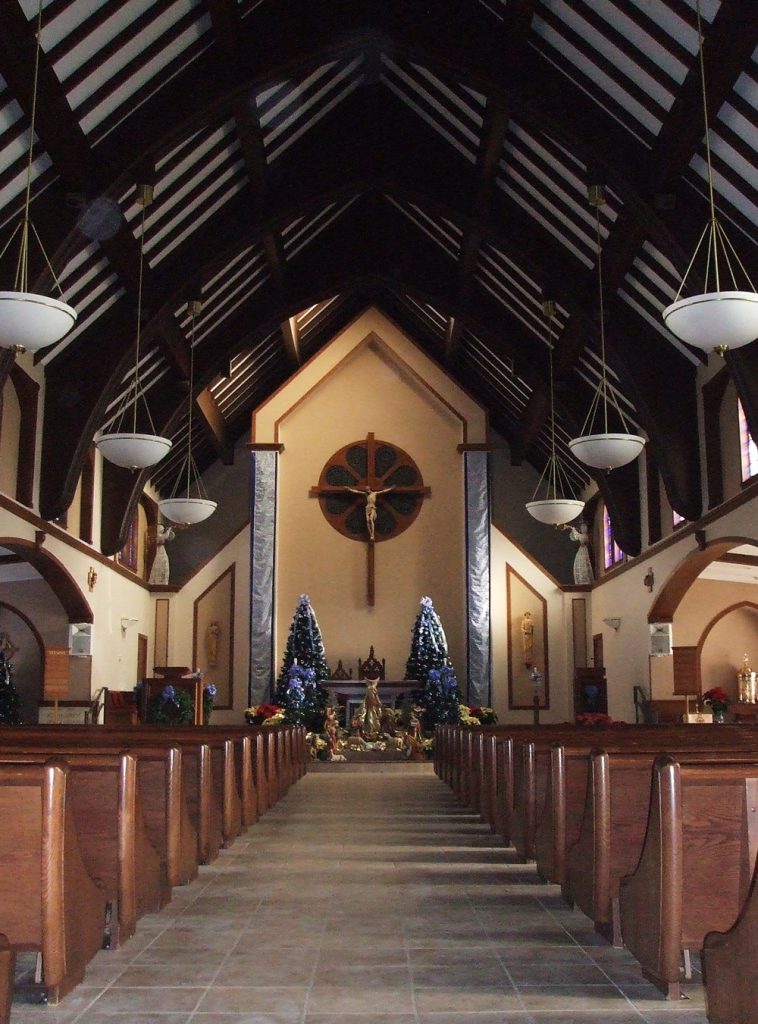History of St. Rose Church

The 1860s ushered in a 30-year period of prosperity and rapid growth for the village of Girard. With that growth came some Catholic settlers whose dedication to their faith provided the true foundation for our parish and led to the building of St. Rose Church in 1891.
History tells us that the hamlet of Girard was settled as early as 1798 and was named after Stephen Girard, a Philadelphia philanthropist. In 1836 the settlement acquired its first post office and gained recognition as a village. At that time the Protestant makeup of the community was reflected by its three established churches- Methodist, Lutheran, and Baptist. It was not until the mid-1860’s that the first Catholics arrived to work in the iron industry which flourished following the discovery of coal in Liberty and Weathersfield.
Those early families brought their faith with them and, finding no church to attend, arranged to have Mass said in their own homes. The first Mass (celebrated by the Rev. Bernard Kelley, a pastor from Niles) was offered on October 21, 1868, in the home of James Kinney. Other dedicated, Catholics who offered their homes for Masses were Michael Dillon, Henry Britt, and Edward O’Neil. The home Masses continued for about 15 years, with priests from Warren and Youngstown servicing Girard as a Mission (or “Station” as it was sometimes called).
As the iron industry continued to prosper, more and more Catholics arrived to work the rolling mills and foundries, and home Masses could no longer accommodate the numbers of the faithful. By the 1880s Girard had become a Mission of St. Ann’s Church in the Brier Hill district of Youngstown to which the local congregation traveled for Sunday services.
Earlier histories of the parish tell us that a bus operated by Ed Parry provided transportation, but this vehicle was not large enough to hold all churchgoers. Many were, therefore, forced to travel by “shanks ponies” – otherwise known as walking. It is a testament to the strong faith of these people that they were willing to undertake such a journey in all kinds of weather. And, it was undoubtedly this weekly trek of almost five miles along the railroad tracks that provided the incentive for those pioneer families to begin thinking of a church of their own.
In October of 1888, the Rev. John P. Barry of St. Ann’s Church assumed charge of the Girard Mission and, just a year later, he secured a site for the future church. The acre of land, fronting 418 feet on State Street (principal thoroughfare of the village), was purchased under land contract for $1,550.
Plans for a 40 foot by 80-foot frame building were approved by Bishop Gilmour, head of the Cleveland Diocese, in February 1891, and construction was begun in May. On July 5 a ceremony was held for laying the cornerstone. Bearing the inscription, “Ad Majorem Dei Gloriam” (To the Greater Glory of God).
In 1891, not only the Catholics but the community as a whole had cause to celebrate. For Catholics this was the year that a church of their own became a reality; for the community, the village progressed to the status of a municipality.
Fr. Barry remained in charge of the Girard Church until April 20, 1892, when Rev. James J. Stewart was named as the first resident pastor. A newly ordained priest from Cleveland, Fr. Stewart arrived only a few weeks before the dedication which was held on Sunday, May 15, 1892. Bishop Horstmann, the successor to Bishop Gilmour as head of the Cleveland Diocese, dedicated the church to St. Rose of Lima and also confirmed a large class of children during the ceremony.
The dedication was one of the “most eventful” celebrations in the history of Girard. The new church was described as “…a beautiful edifice standing on the rising ground above Girard, its tall spire visible for many miles around.” Crowds that “swarmed” the streets included delegates from Cleveland, Warren, Niles, and other communities as well as hundreds of Youngstowners who arrived on a special train and joined a procession that marched from the depot to the new church.

